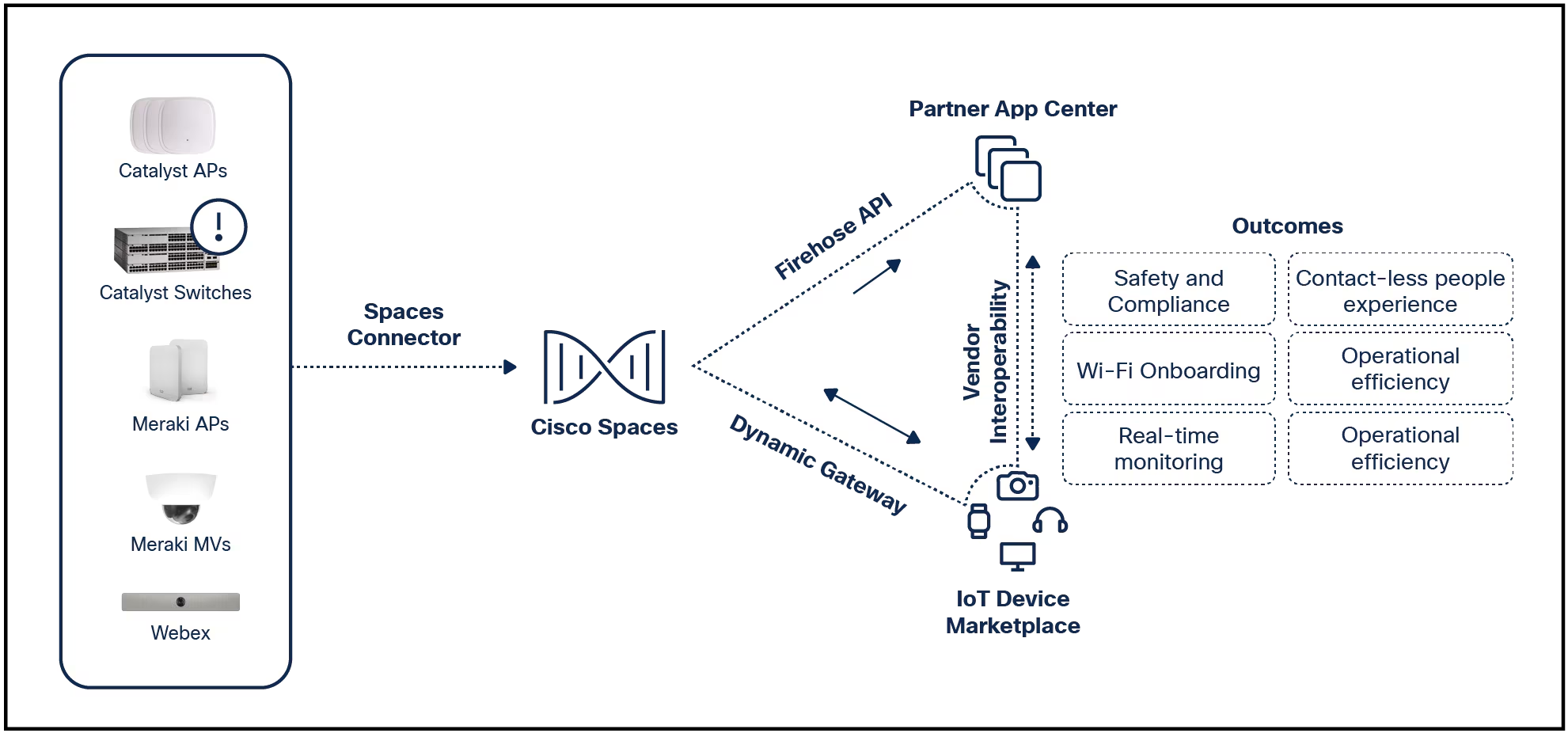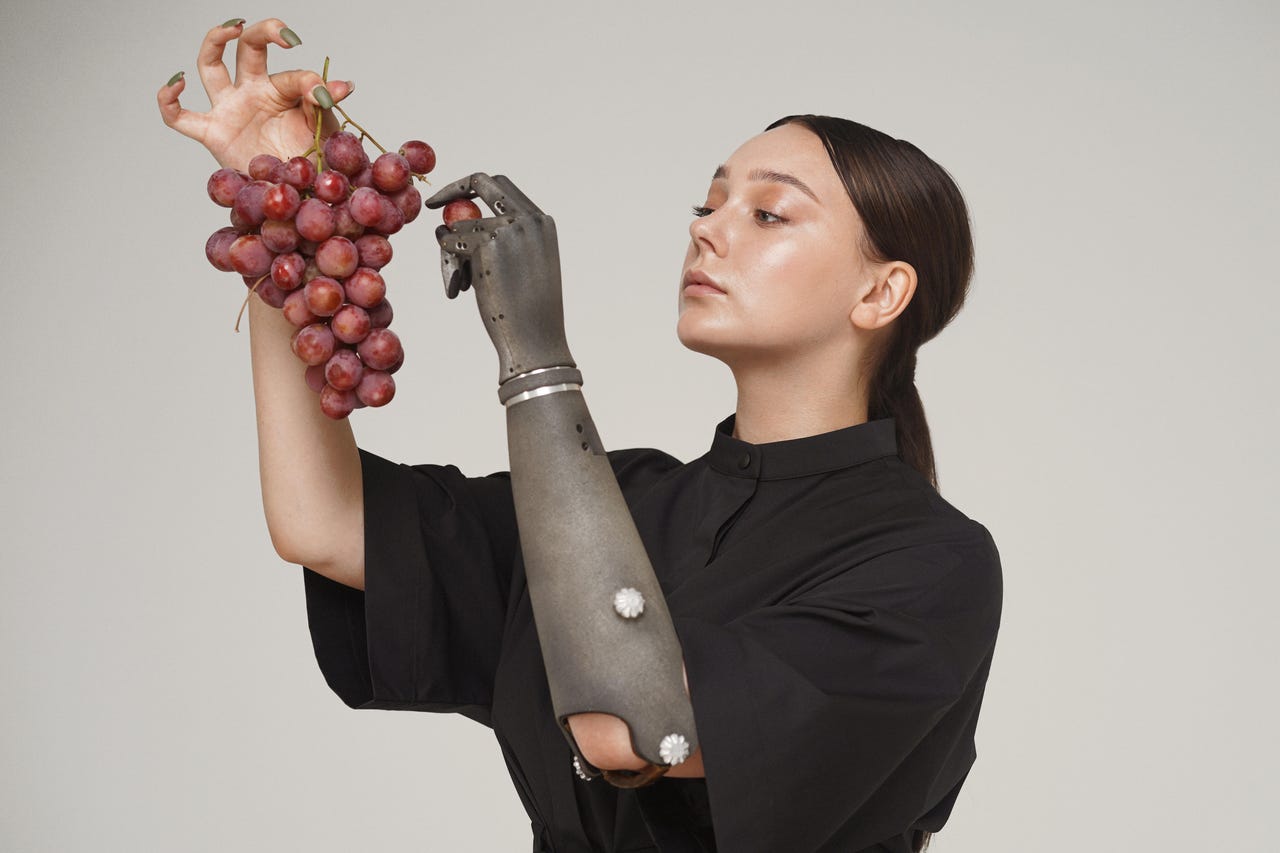































 Esper Bionics
Esper Bionics If you wear glasses, you may have realized your visual deficit can also be an unexpected style boon. Thanks to a company combining wearable robotics with stunning (and newly award-winning) design, the same is becoming true for prosthetics.
Esper Bionics, a New York-based startup that develops human enhancement devices, was recently given a Red Dot Award: Best of the Best 2022 for setting new standards in the design industry. The company makes an AI-powered prosthesis that is highly dexterous, remarkably light, and has an unmistakable elegance. It's part of a lineage of technology products that emphasize form to enhance underlying function -- a welcome departure from a medical device sector whose dominant design is best described asantiseptic.
Apple, Samsung, and others battle for your wrist.
Read now"The Esper Hand achieves a comprehensive functionality that comes astonishingly close to the natural movement of the hand," the Red Dot jurors wrote. "Its self-learning technology makes an important contribution to enabling users to carry out everyday tasks independently. Its technically elegant appearance makes the prosthesis a lifestyle product that the user wears with confidence. In addition, the design ensures gender-specific shaping by sensitively addressing anatomical differences."
Of course form needs to conspire with function. We've been keeping abreast of a veritable quantum leap forward in prosthetics technology over the past few years, aided by a convergence of technologies that include AI, robotics, sensing, and small batch manufacturing, which enables customized products at scale.
The Esper Hand can pick up signals from individual muscles, which makes it three times faster in control than other similar products. It's also lighter (380 g) than many other prosthetic hands. The controls, as with the latest crop of controllable prostheses, are via a non-invasive wearable brain-computer interface. A cloud-based software solution individualizes the control of the hand.
AI and machine learning have been boons to prosthetics development. The more the wearer uses it, the better it gets. It can detect the most repeated behavior patterns of the user and thus predict the user's intentions and moves. This helps it get trained to move intuitively, without any effort from the user. It can be also controlled and trained via a mobile app.
All of which underscores a dawning new reality that's reason for hope among wearers of prostheses. Slipping on an elegant arm can be like donning a pair of stylish glasses, part enhancement tool and part style statement. Like the Red Dot judges said and the Esper team believes, it's a lifestyle product.
"When developing Esper product, we always remember that it's about rewriting millions of life stories, about helping people live more fulfilling lives. In our development process, technology and design play together... Marrying these two makes it possible for us to incorporate the beauty, diversity, and evolution of a human body into designing Esper products," says Dima Gazda, CEO and co-founder of Esper Bionics.
 Hot Tags :
Artificial Intelligence
Innovation
Hot Tags :
Artificial Intelligence
Innovation